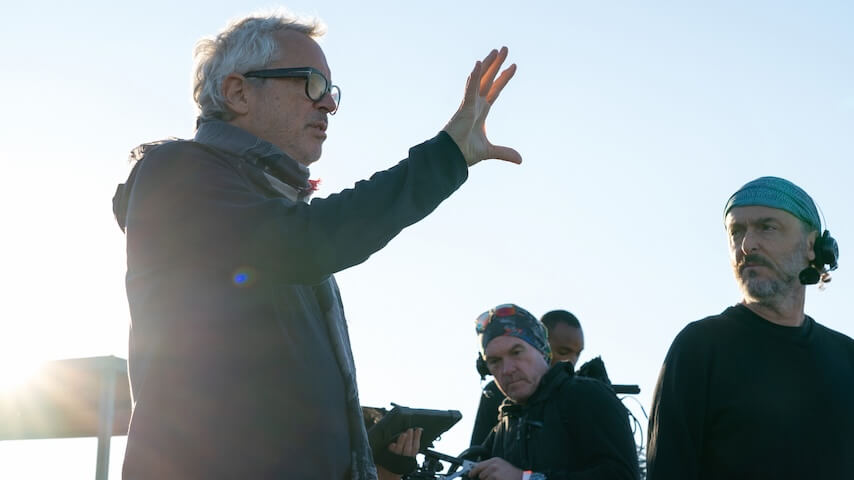It took Alfonso Cuaron a year to shoot his show Disclaimer like a movie
Cuarón admits everyone was "exhausted" by the time they finished filming Disclaimer
Photo courtesy Apple TV+
The television landscape has been absolutely plagued (and probably irreversibly transformed) by the proliferation of shows that are really “eight hour movies,” or so the auteurs deigning to work in the medium might describe it. Not all television lovers appreciate this approach (if you’re going to make TV, why not make it TV?), but when it’s an Oscar-winning director like Alfonso Cuarón making a long-form “film” then perhaps it can be given a pass. Television writing “can be excellent; it can be astounding,” he said in a new profile for The New York Times, “But rarely are you confronted with a cinematic experience.” That’s what he wanted to bring to his Apple TV+ series—but approaching television cinematically has its drawbacks, as Cuarón can attest after the jaw-dropping year-long shoot for Disclaimer.

 Keep scrolling for more great stories from A.V. Club.
Keep scrolling for more great stories from A.V. Club.